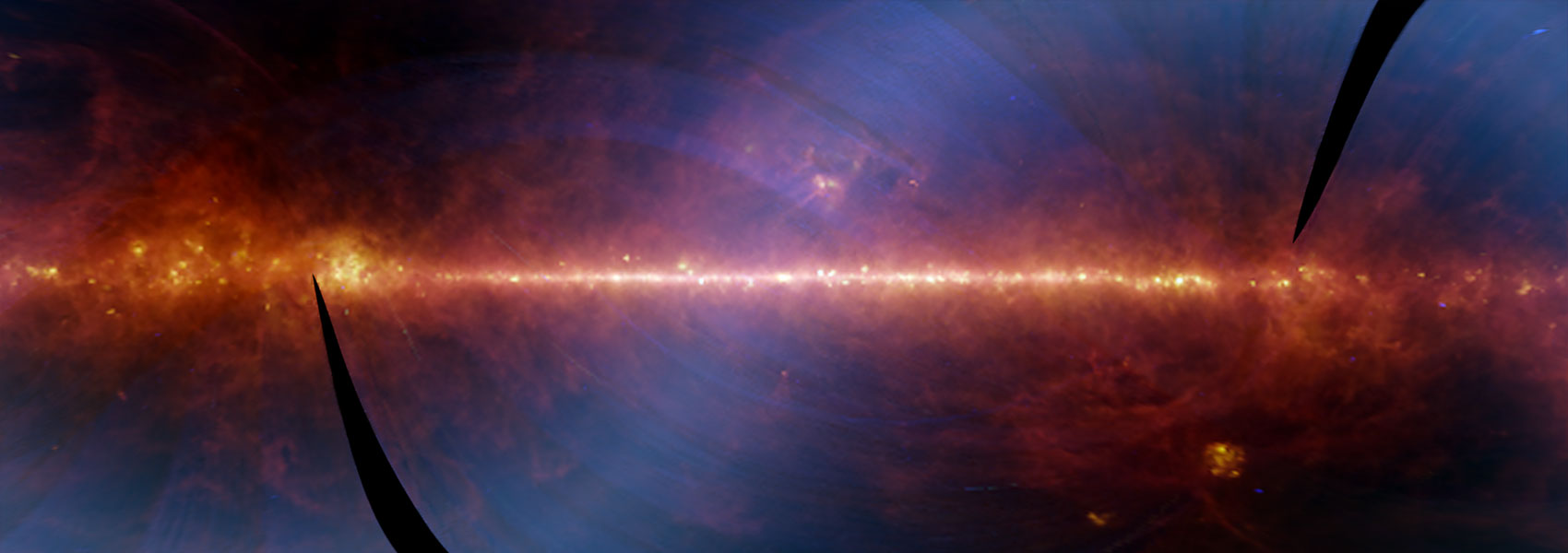Halpha and far-UV luminosities are commonly used as indicators of star formation rates, but they are only accurate if the star formation rate is constant for a long enough period to reach an equilibrium number of stars responsible for the Halpha (~5 Myr) and far-UV (100 Myr) emission. In dwarf galaxies, these tracers of star formation often do not agree, suggesting that star formation rates change significantly, and rapidly. We use the Halpha and far-UV luminosities to determine the stellar masses at which local galaxies become bursty, the time scales of these bursts, and compare our findings to recent hydrodynamical simulations. In the second half of my talk, I will use Halpha and far-UV distributions of high redshift dwarf galaxies to determine the typical efficiency of ionizing photon production (xi_ion), and discuss the implications for reionization.



